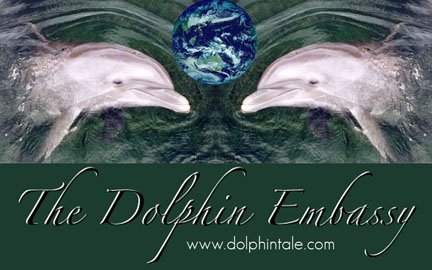My Research at the Curacao Dolphin
Therapy Center
I arrived on Curacao in late June
of 2011 to begin two weeks of research. It was a wonderful experience, and has
added immeasurably to my efforts to bring clarity to the understanding of
Dolphin-Assisted Therapy (DAT).
As a long-time researcher on the
topic of DAT (I delivered the keynote address at the 2nd International
Symposium on Dolphin Assisted Therapy and Research, in Cancun, 1996), I have
paid close attention to the developments of this important form of therapy.
When I began my PhD research in 2010, as a Geographer studying how animals and
humans share the world, my thesis topic was easy to choose: it focuses on how
DAT is understood. My research aims to contribute to what often are contested
ideas about what it is, how it is done, how it ought to be done, and whether it
ought to be done at all. Critics of DAT have made exaggerated and
unsubstantiated claims, while some DAT programs have also made claims with no
basis in fact. Research into DAT has been kept to a minimum, as the critics
marshal ‘experts’ to produce unbalanced reviews of any
research done. Facilities for DAT have been driven from places where they are
close to large populations of potential patients, by fierce animal
protectionist campaigns, while dolphin facilities continue to be established
where few regulations over their performance exists. It is to the debates over
the realities of DAT that my research aims to contribute, by closely examining
the various positions that support and oppose DAT.
My research project is located in
the social sciences. It does not evaluate the effectiveness of DAT, nor does it
critically engage with the many different styles of DAT. It does aim to develop
a way of understanding the differences in DAT programs, and to understand the
many ways that DAT impacts the social experience of the people involved. To
this end, I negotiated with the Curacao Dolphin Therapy Center (CDTC) for a two-week visit, to interview the
therapists, the trainers, and the families who had brought their children for
therapy. My research seeks to understand how DAT affects the lives of those
involved, so my interview questions were about the life experiences, the
challenges faced, the best and worst parts of the experience of being involved
in DAT.
As I was searching for a place to
do my research, I found an unexpected resistance among programs I had expected to be
supportive. In Florida, several programs that had indicated a willingness to
cooperate with my research chose to deny me access. When I approached CDTC,
Marco, the Head Therapist and onsite manager was very receptive, encouraging me to make clear to him just what I
needed, but with an enthusiasm for my work that was heartwarming. I did not
know that he was familiar with a book I had written about the relations between
dolphins and humans, and DAT. I was unaware that he used part of my book when
teaching his staff! We managed to arrange
for a visit that coincided with the end of one series of sessions and the
beginning of a new series, so that I might access as many families as possible.
In the end, I managed to conduct
interviews with 13 families, 4 trainers, and 8 therapists, an exceptional
number of excellent interviews.
Marco was a wonderful host for my
work. He arranged for translation when I needed it; he helped me find good (and
quiet) accommodations; he enthusiastically promoted my request for interviews
to the families and staff; and he went out of his way to help me have a very
successful research experience.
 |
| A typical session, with an intern (on the left, just out of sight) and a trainer on the floating platform, a patient supported by a therapist, and one of the wonderful dolphins at CDTC. |
I came away from Curacao feeling
that I had found, by good fortune, the most advanced DAT program anywhere. The
standards to which it works, the quality of the staff and its training, the way
in which the therapy is delivered (with one-hour sessions in the water, as a
special factor), the physical environment, and the very excellent care of the dolphins
(Rudolf is a key asset to the program with his wealth of experience), make CDTC
stand out as the best facility I have ever seen. I now recommend it to any one
who requests my opinion, which is not infrequently!
Thank you Marco, Ms Kirsten Kuhnert (whom
I interviewed in Florida prior to my visit to Curacao), and the staff of the
CDTC, for a rewarding experience. My thanks to the families also, who took time
away from their powerful experiences to talk with an Australian researcher.
Sincerely,
C. Scott Taylor, BSocSc (Hon)
Exec. Dir. Cetacean Studies
Institute
Queensland, Australia
PhD candidate, University of the
Sunshine Coast




